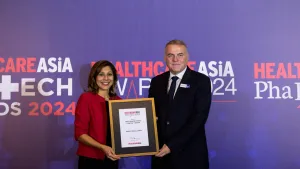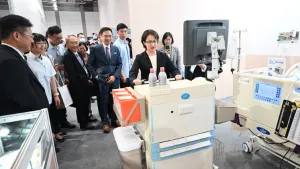
APAC's employer medical benefit costs may rise 8.7% in 2020
This growth will be led by Malaysia and Thailand.
Employer-provided medical benefit costs in the Asia Pacific are poised to grow to 8.7% in 2020 from 8.6% in 2019, according to a report from Aon.
Employers in Malaysia and Thailand will need to shell out more as costs are tipped to increase the largest by 14% and 13.9% respectively by 2020.
China and Hong Kong are projected to see an average medical trend rate increase of 7.5% and 8.1% respectively. In China, the adoption of advanced technology has pushed up the prices of medical goods and services at a level two to three times the general inflation whilst increasing levels of stress and respiratory infections is driving the medical trend rate in Hong Kong.
Indonesia and Taiwan will see their respective 2020 medical trend rates hold steady at 13% and 8% respectively.
Meanwhile, employer-provided medical benefit costs in Singapore are tipped to rise by 10% in 2020 which will outpace the average general inflation rate of 1.4%. Its higher costs are attributed to an ageing population and a rise in chronic diseases like diabetes and high blood pressure.
Also read: Singapore needs to control inpatient costs amidst high medical inflation
On the other hand, India, Japan, Malaysia, the Philippines, South Korea, Thailand and Vietnam will witness declining medical trend rates on a YoY basis to 2020.
The global average medical trend rate for 2020 is tipped to hit 8% in 2020 from 7.8% in 2019. On a per region basis, North America will see medical trend rate hit 6.4%, Europe at 5.7%, Latin America and Caribbean at 13.1% and Middle East & Africa at 12.2%.
The survey was conducted amongst the 105 Aon Offices that broker, administer or advise on employer-sponsored medical plans in each of the countries under the report’s coverage.


















 Advertise
Advertise


